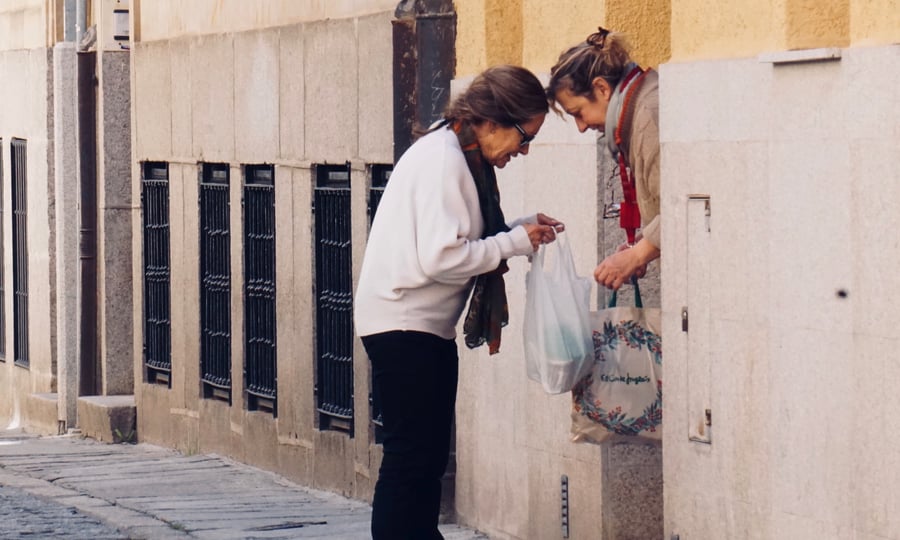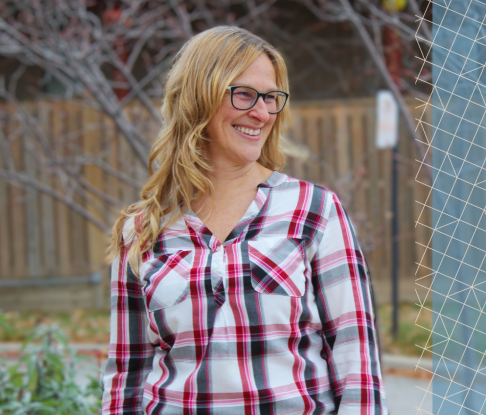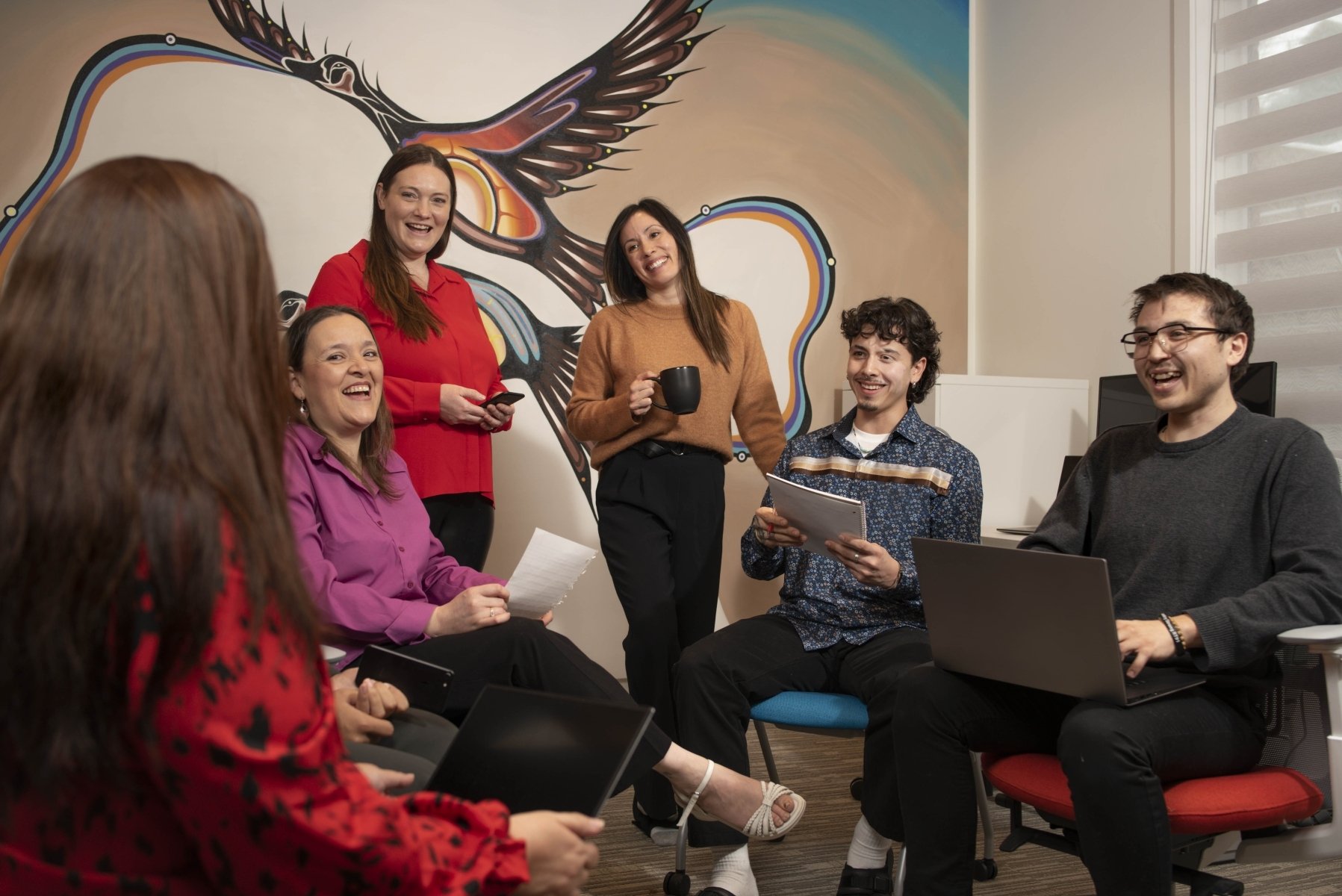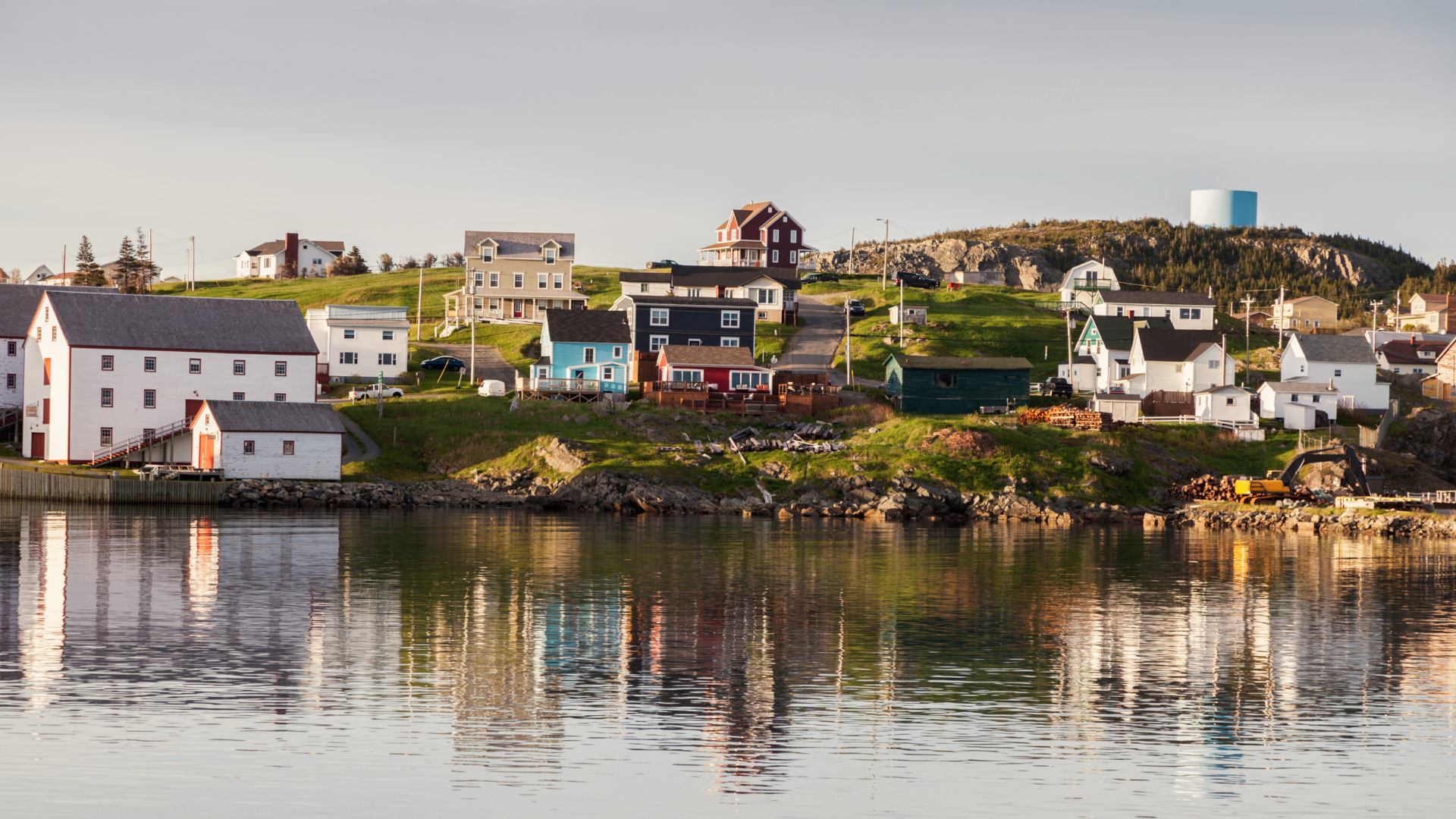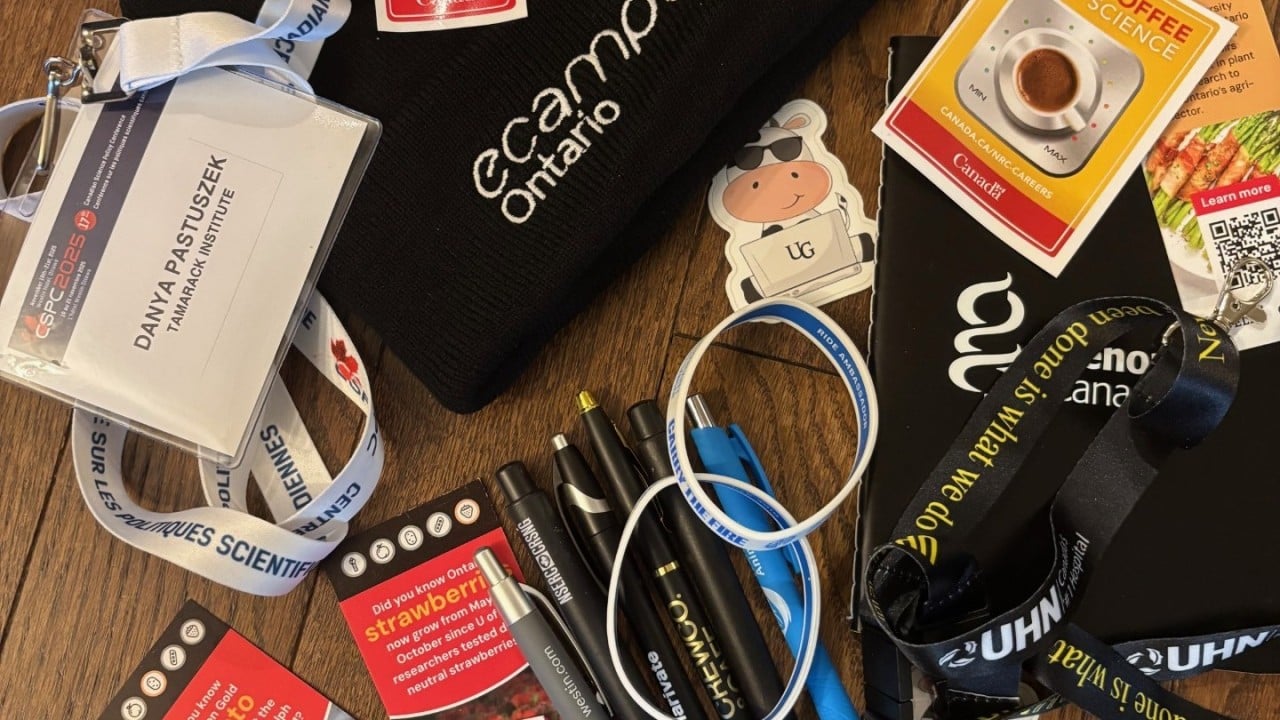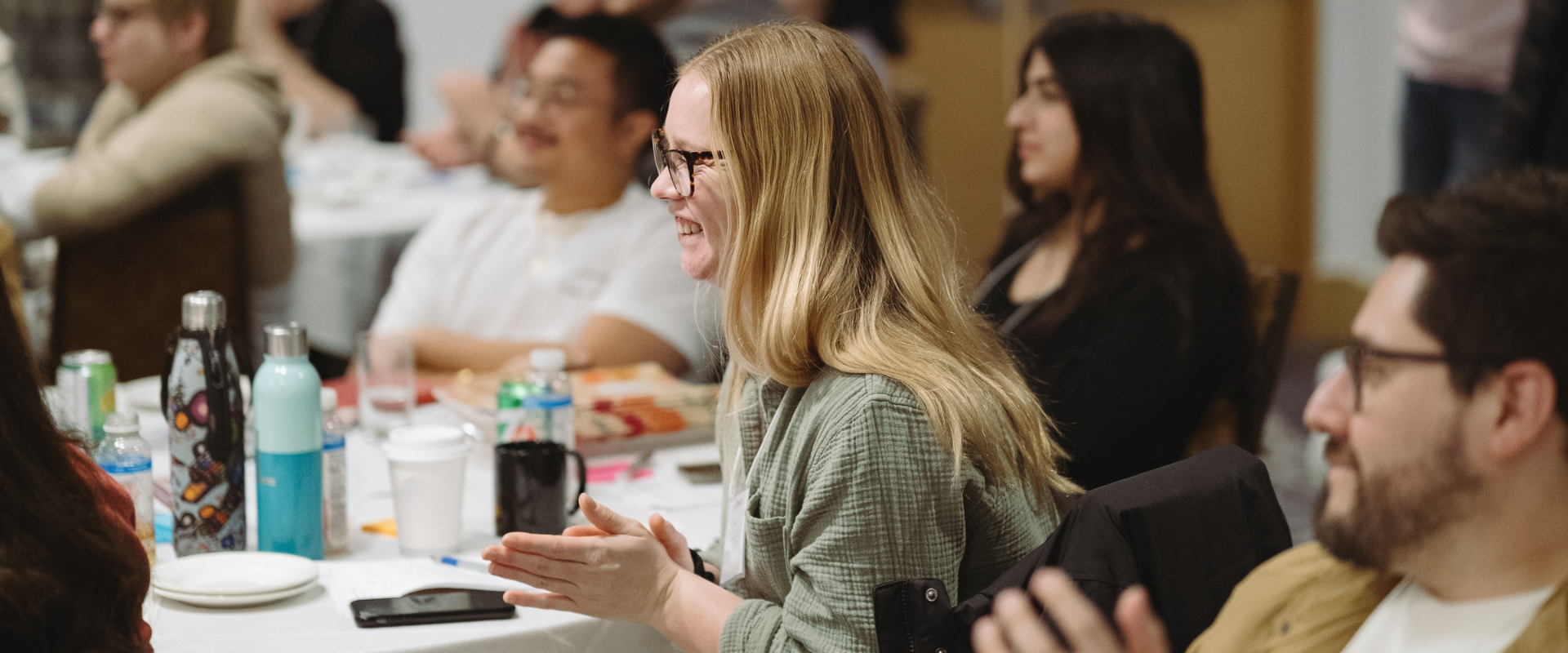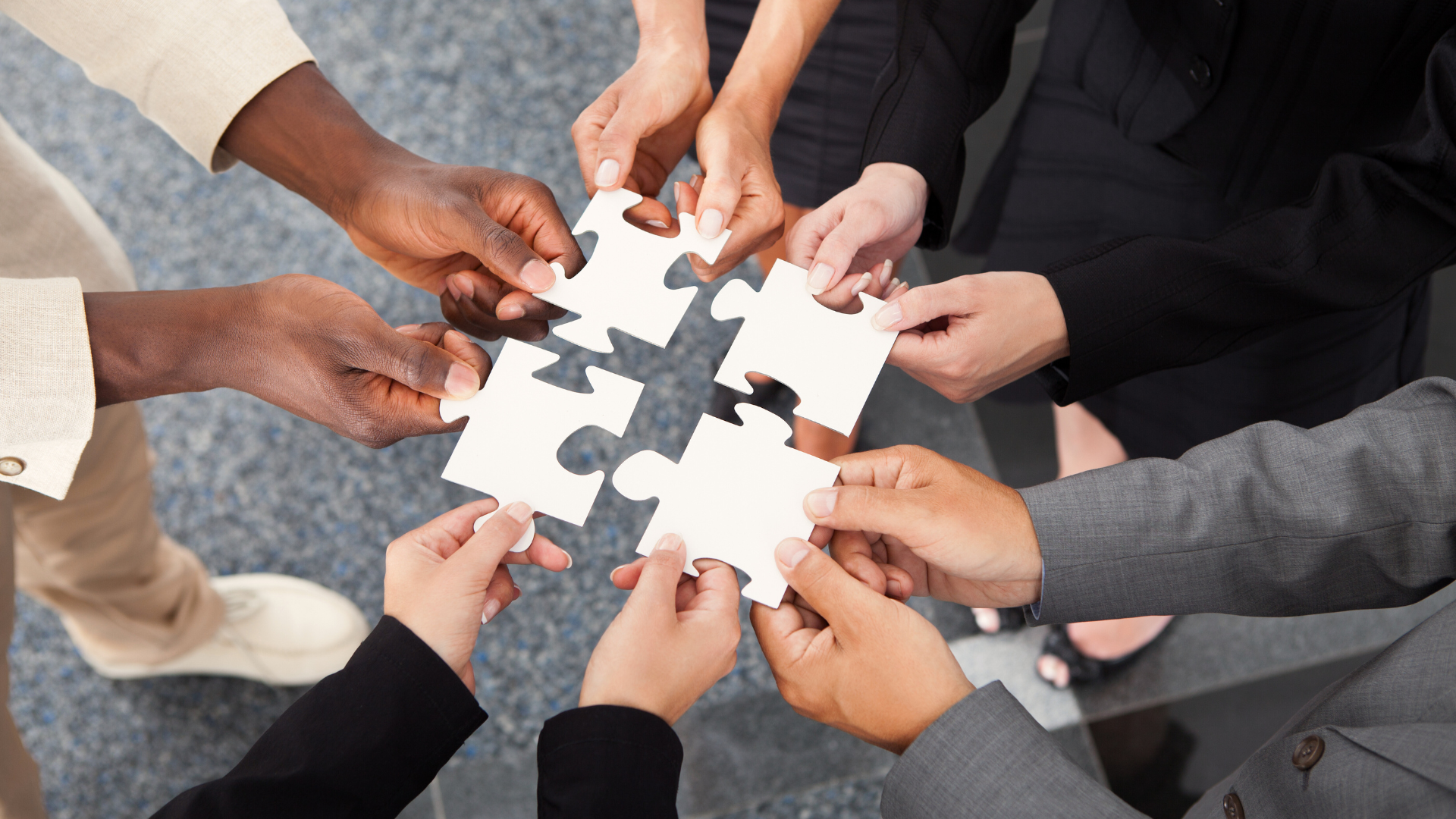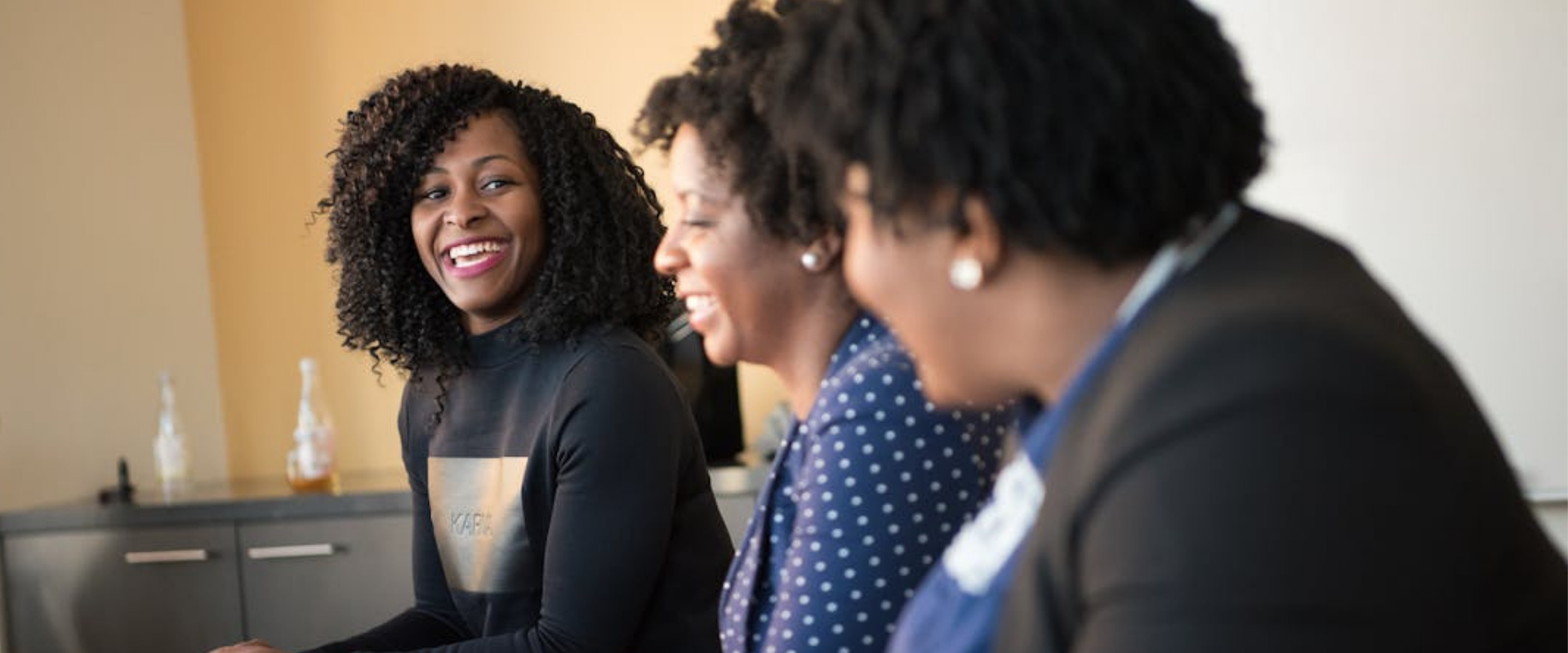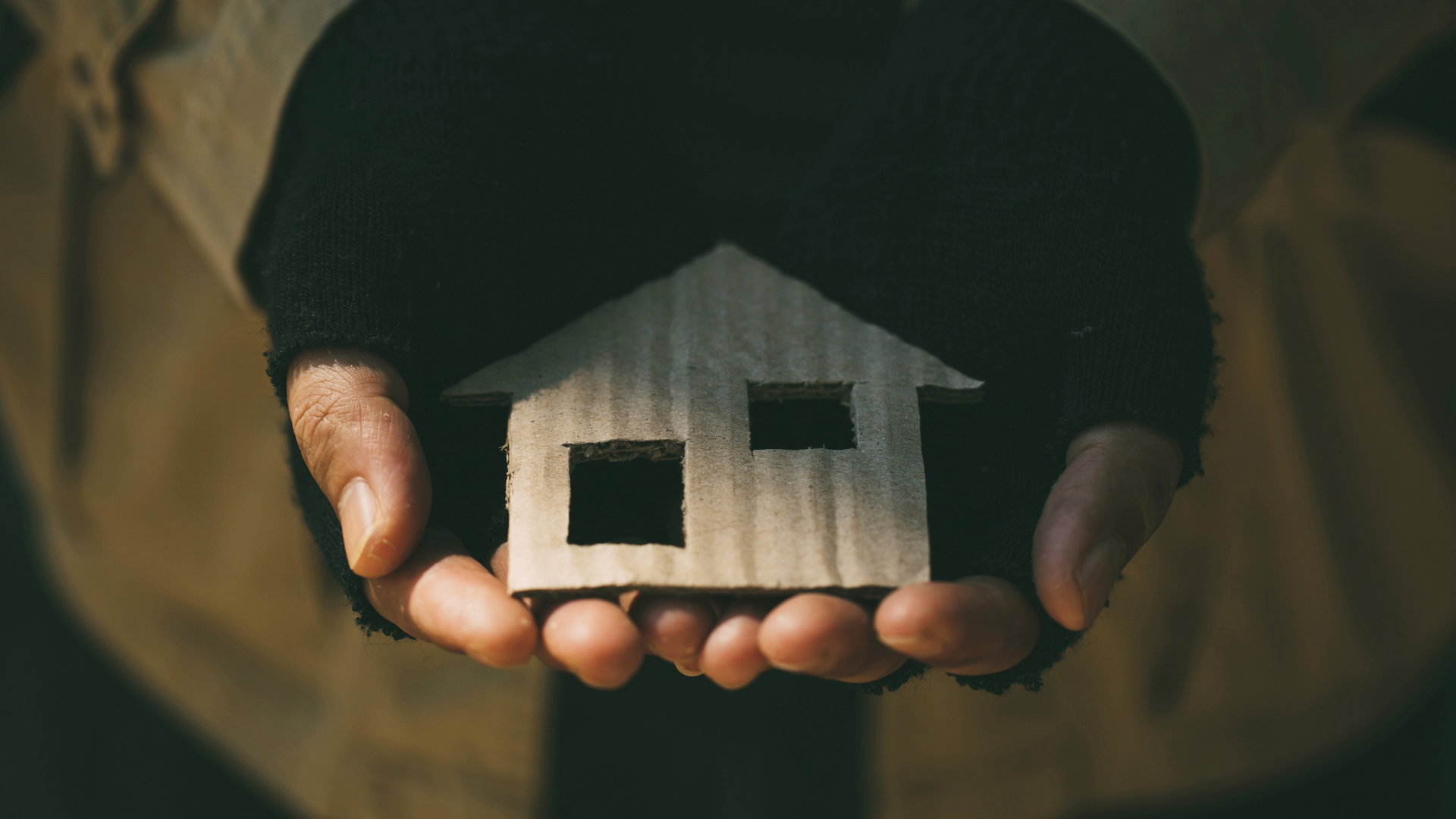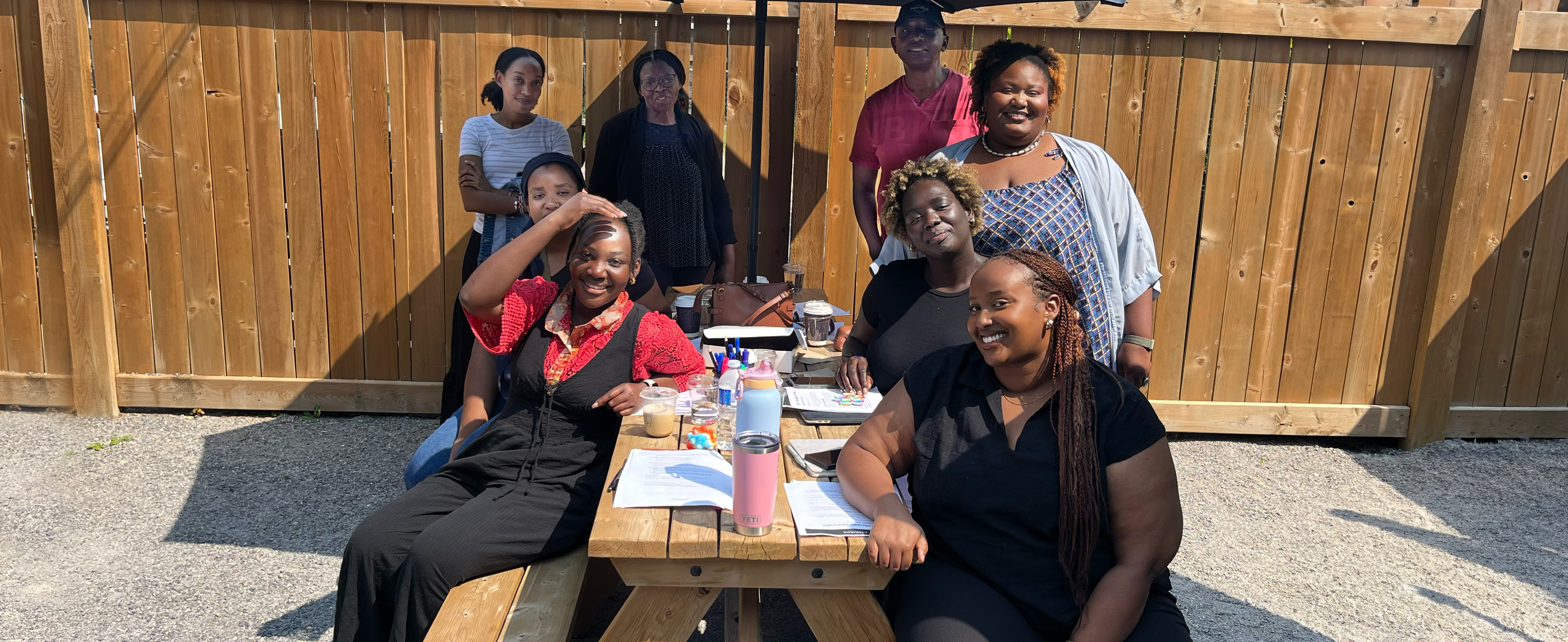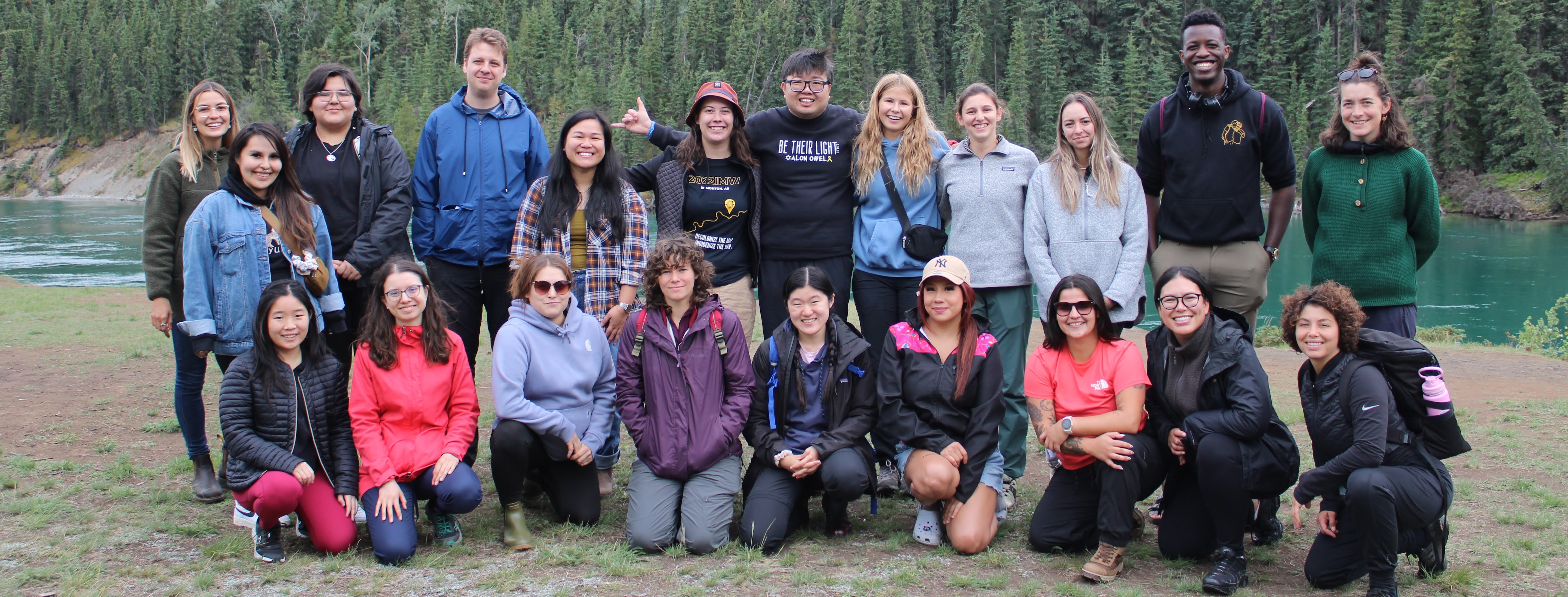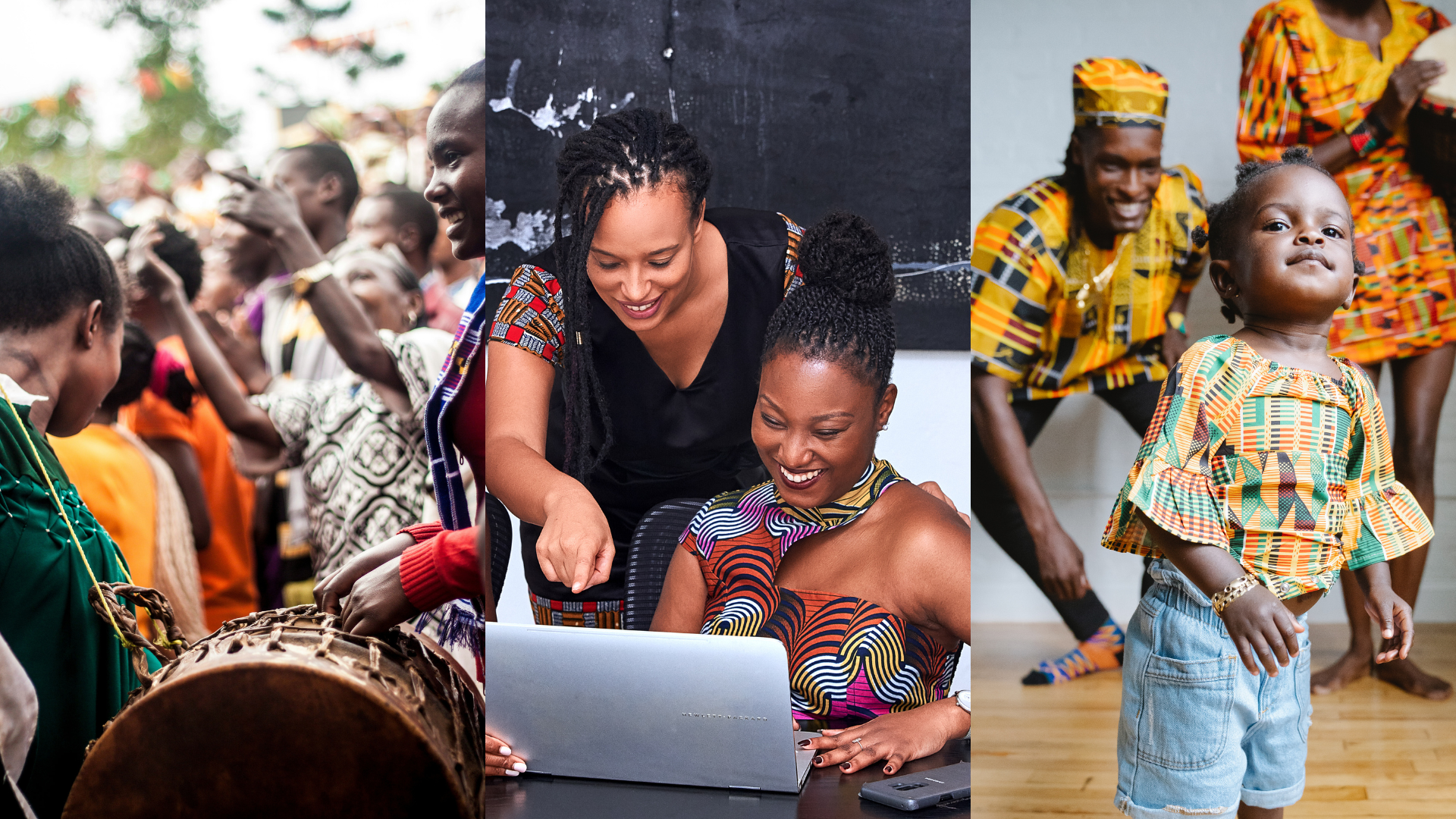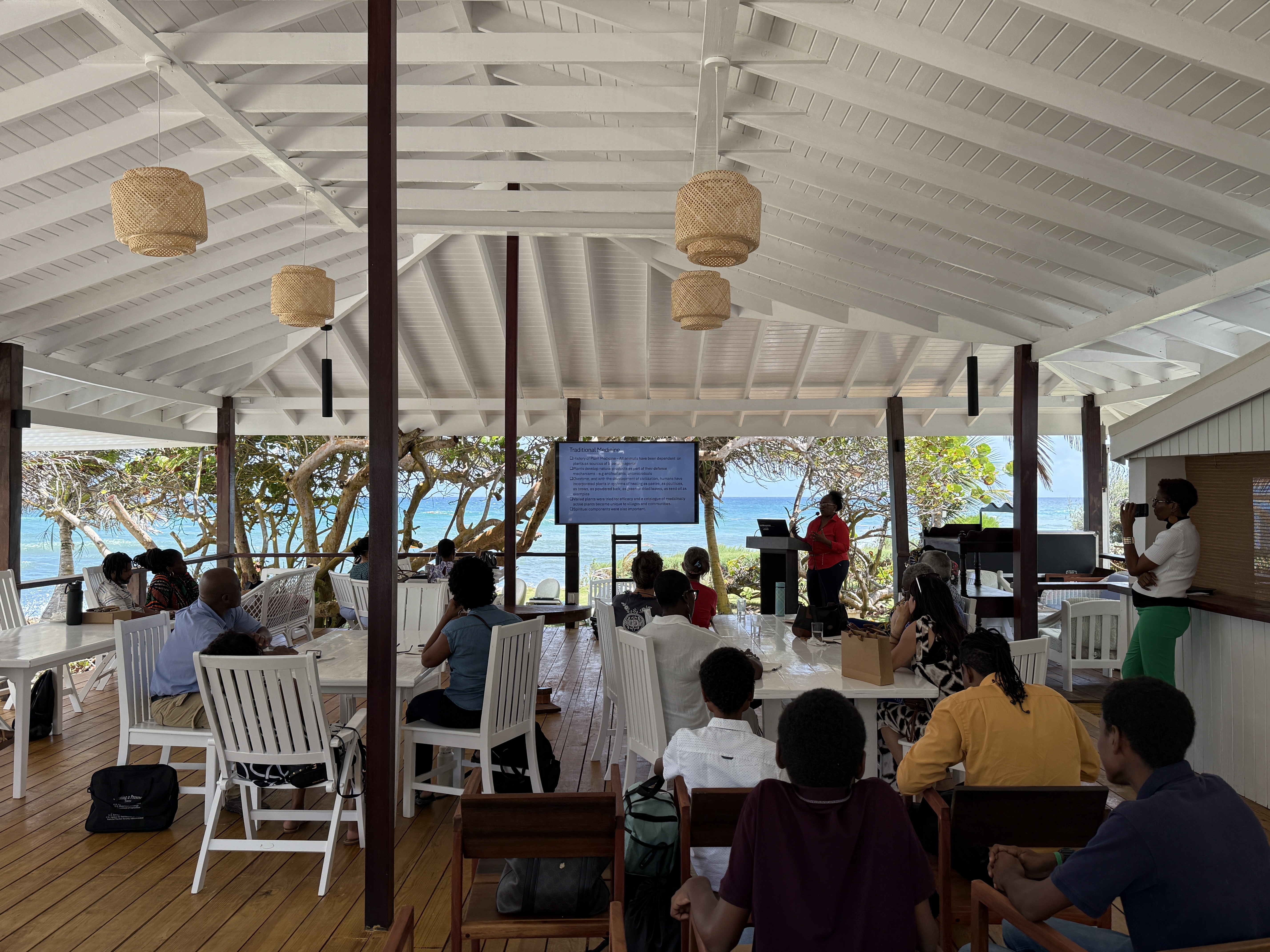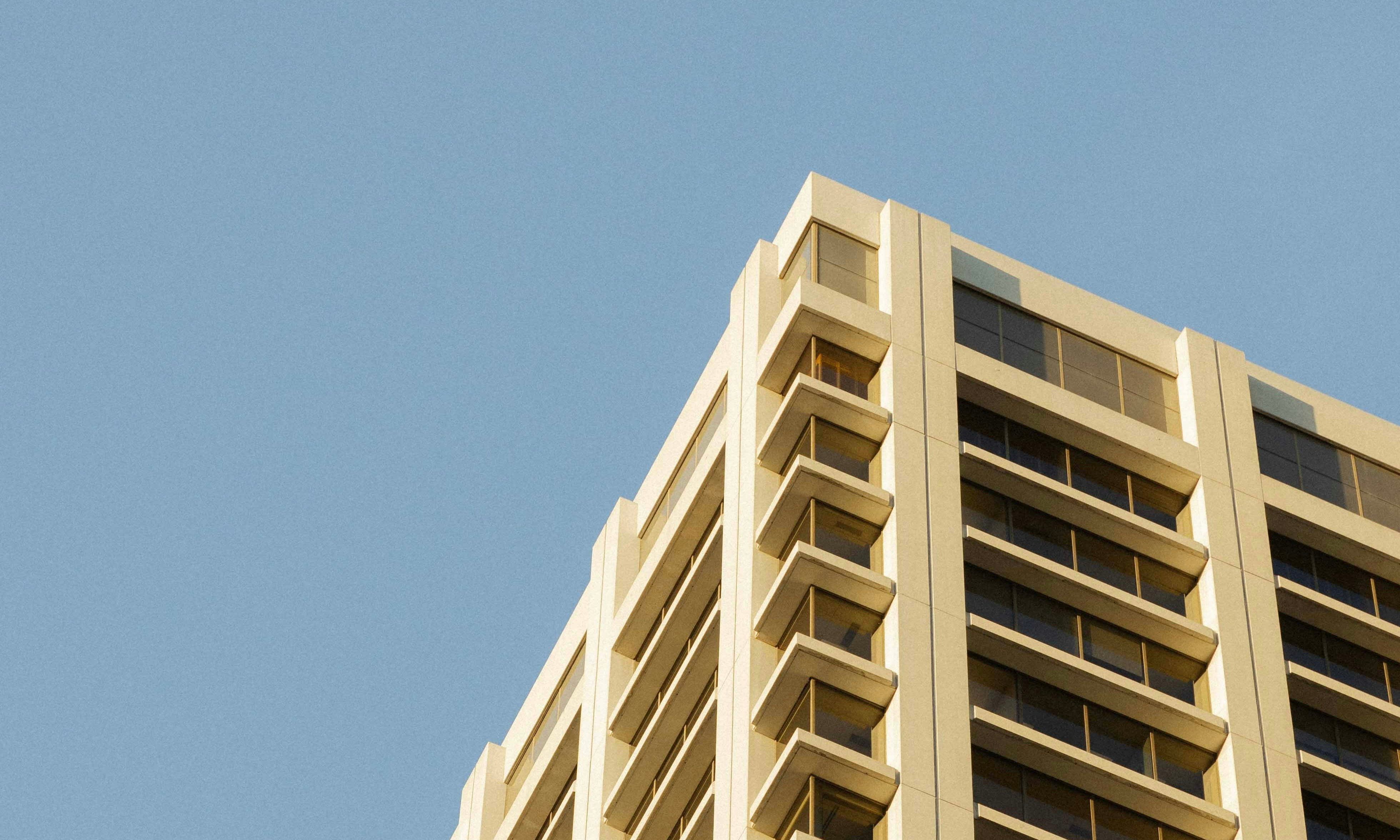Have you ever gone to a conference, workshop or event, met new people who had similar ideas, and passions and continued that relationship beyond the event? That is an example of social capital. What about job hunting? Have you heard the saying that it is not what you know, it is whom you know? That is social capital.
Social capital is about the value of social networks, bonding similar people and bridging between diverse people, with norms of reciprocity.
Author Lyda Hanifan refers to social capital as
“the tangible assets that count in the daily lives of people: namely goodwill, fellowship, sympathy, and social interactions among the individuals and families who make up a social unit”.
I read a document by Allison Lourash a doctoral student at Walden University who explained that
“social capital is to think about all the benefits of making friends. Being connected to others, trust, shared resources, and collective action can be segments of social capital. Social capital creates a network when help is needed and just as important as the opportunity to help your friends when they need help (reciprocity)”.
Over time we have seen the effects on cities and towns that have neglected to think about the social side of community building. Focusing on economics, building roads and homes has caused communities to lose connections and be isolated. The term social capital is gaining popularity in the community development world and is a key part of a healthy community. An article by Dr. Trevor Hancock titled People, Partnerships, and human progress: building community capital outlines how social capital fits within community:
-
Natural Capital - high environmental quality, healthy ecosystem, sustainable resources
-
Social Capital - is the glue that holds communities together. It is about how we interact with each other and how we are involved in our communities
-
Human Capital - is about healthy, skilled, innovative, and creative people who are engaged in their community.
-
Economic Capital - We need economic prosperity that is sufficient to provide jobs, ability to feed, clothe, and house everyone.
In the book, Bowling Alone, author Robert Putnam looked at the way Americans play 10-pin bowling and found that although bowling has never been bigger, Americans are no longer competing against each other in the once-popular local leagues. Instead, they are actually bowling alone. Putnam argued that the decline of the community networks that once led Americans to bowl together represents a loss of social capital.
How can you build social capital in your community?
-
As an individual - Go out, meet your neighbours and make friends! Being active in your neighbourhood and getting involved in the groups that have similar interests and connecting others to your community are ways to building social capital.
-
Find and support community connectors - Albert has a thriving Neighbourhood Connection program that supports a wide variety of initiatives aimed at building connections among residents, including block parties, little free libraries, Neighbourhood Connection kits, and a Neighbourhood Connectors program. There are many community connector programs across Canada.
-
Asset mapping - Asset mapping is a vehicle for communities to identify, discover, and connect with each other. Abundant Community Edmonton, AB used asset mapping to create more connections among neighbours through shared activities and interests. These connections increased relational networks, grew the neighbourhood’s sense of community, and increased neighbours’ ability to work together towards common goals. Lakeview Harbourside, ON used asset mapping to find two and a half pages of gifts and assets in the neighbourhood that people wanted to learn and could share to create resident lead programing for their community centre.
-
Provide spaces for sharing - LifeSchoolHouse folk school in Nova Scotia, Canada, is piloting adult folk school programming in urban and rural venues. A crowd of neighbours and strangers gather at homes for a Makers Swap. A monthly gathering where people trade what they have made for items others have created.
Increasing connectedness and building social capital requires organizations, groups, governments and citizens to work together to build relationships. Cities Deepening Community has been working with cities and organizations across Canada for the past couple of years to address loneliness and connectedness. We have built momentum within communities’ to bring residents together to create a necessary foundation for positive community change and to deepen community resilience. To learn more about how Cities Deepening Community can support you in addressing the recommendations in the report visit our website.

